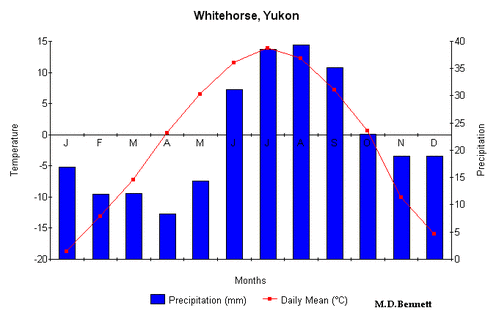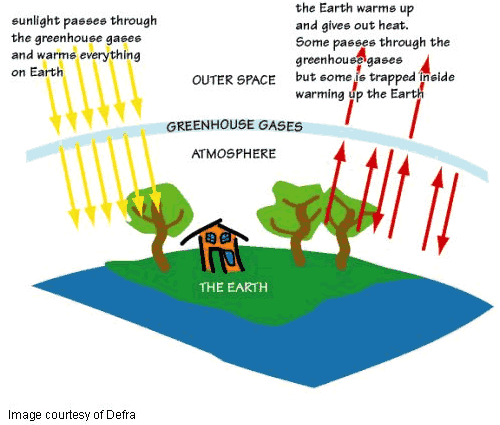The taiga, or boreal forest, constitutes the world’s largest terrestrial biome, sprawling across vast regions of North America, Europe, and Asia. This exceptional expanse of coniferous trees plays a crucial role in sustaining the planet’s ecological balance. However, understanding the climate of the taiga is essential to grasping how this unique environment operates and thrives.
Located primarily between the tundra to the north and temperate forests to the south, the taiga experiences a climate characterized by distinct seasonal variations. The predominant climatic conditions can be classified as subarctic. The profound seasonal contrasts manifest through long, frigid winters and short, warm summers. Such variability fosters a diverse yet specialized system of flora and fauna uniquely adapted to the exigencies of this environment.
Winter in the taiga typically stretches from November to March or April, dominating roughly six months of the year. During this time, temperatures plummet drastically. Average winter temperatures can range from -10°F to -40°F (-23°C to -40°C), depending on geographical location. Areas situated further north encounter the harshest conditions, where the incidence of permafrost, or permanently frozen ground, complicates life for both the plant and animal kingdoms. Snow blankets the forest, insulating the soil and providing a critical habitat for numerous species.
Conversely, summer arrives with considerable vigor, albeit briefly. Lasting only three to four months, summer can bring temperatures soaring from 60°F to 70°F (15°C to 21°C). In some sheltered valleys, temperatures can even reach into the 80s (above 27°C). Such warmth triggers an explosion of growth and activity among flora and fauna. The arrival of the long daylight hours, coupled with warmer temperatures, nurtures a brief but bountiful period of photosynthesis that the taiga relies upon.
Precipitation within the taiga is another significant climatic aspect, influencing the biome’s overall health. Annually, the taiga receives approximately 10 to 30 inches (250 to 760 mm) of precipitation, primarily falling as snow during the winter months. Rainfall peaks during the summer, coinciding with the growing season. This precipitation is critical for sustaining the forest’s diverse ecosystems. Many trees in the taiga, such as pine, spruce, and fir, possess needle-like leaves, adapted to minimize water loss during the dry and colder months.
Furthermore, the taiga’s climate is subject to the influences of larger atmospheric and climatic phenomena. For instance, the North Atlantic Oscillation and the Arctic Oscillation significantly affect temperature and precipitation patterns across the boreal regions. These interactions can result in abnormal climate patterns, which further exacerbate challenges such as forest fires, pests, and disease outbreaks. This variability invokes a broader concern regarding climate change and its implications for the ecosystem.
Climate change poses a formidable threat to the taiga, and its consequences are increasingly evident. As global temperatures rise, the taiga is experiencing a shift in weather patterns. Longer summers might motivate increased insect activity, bolstering the progression of tree diseases. These changes challenge the climate resilience of the taiga and risk altering the intricate web of life it supports.
Moreover, permafrost thawing releases significant amounts of carbon dioxide and methane, both potent greenhouse gases, into the atmosphere. Such emissions result from the decomposition of previously frozen organic matter, substantially contributing to global warming. This feedback loop exemplifies the urgency of addressing climate change, particularly concerning the preservation of the taiga and its essential functions.
While the taiga is often recognized for its vast forests, it also houses an array of lakes, rivers, and wetlands that play an indispensable role in the climate system. These water bodies regulate local temperatures and contribute to the overall humidity of the region. They act as natural reservoirs, providing habitat for various aquatic organisms and serving as critical resources for land-dwelling species.
With respect to biodiversity, the taiga harbors a wealth of species that have adapted to its unique conditions. These range from large mammals such as moose, bears, and wolves to small creatures like voles and ermines. Migratory birds utilize the taiga during their breeding season, while numerous insects thrive during the fleeting summer months. This nexus of life within the taiga underscores the significance of maintaining its delicate balance and addressing potential disruptions due to climate change.
In summation, the climate of the taiga encompasses a myriad of factors, including temperature extremes, precipitation, and seasonal variations, that work together to create this vital ecosystem. Understanding these climatic elements is fundamental for appreciating the intricate relationships within the taiga’s environment. As climate change continues to affect global weather patterns, the taiga stands at a critical juncture, accentuating the need for concerted efforts to mitigate its impact and safeguard this irreplaceable biome.






